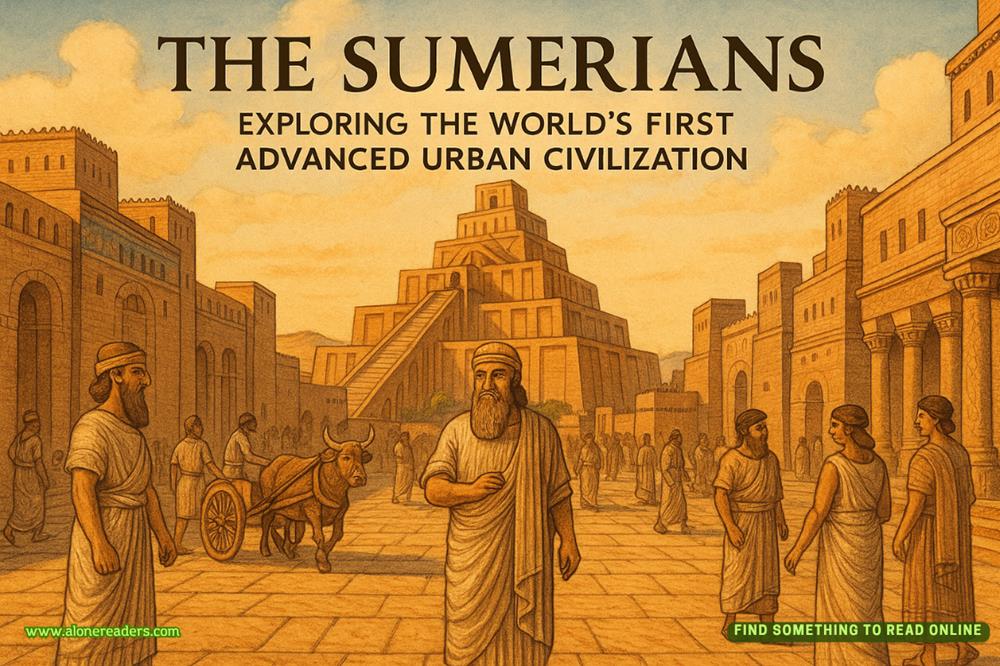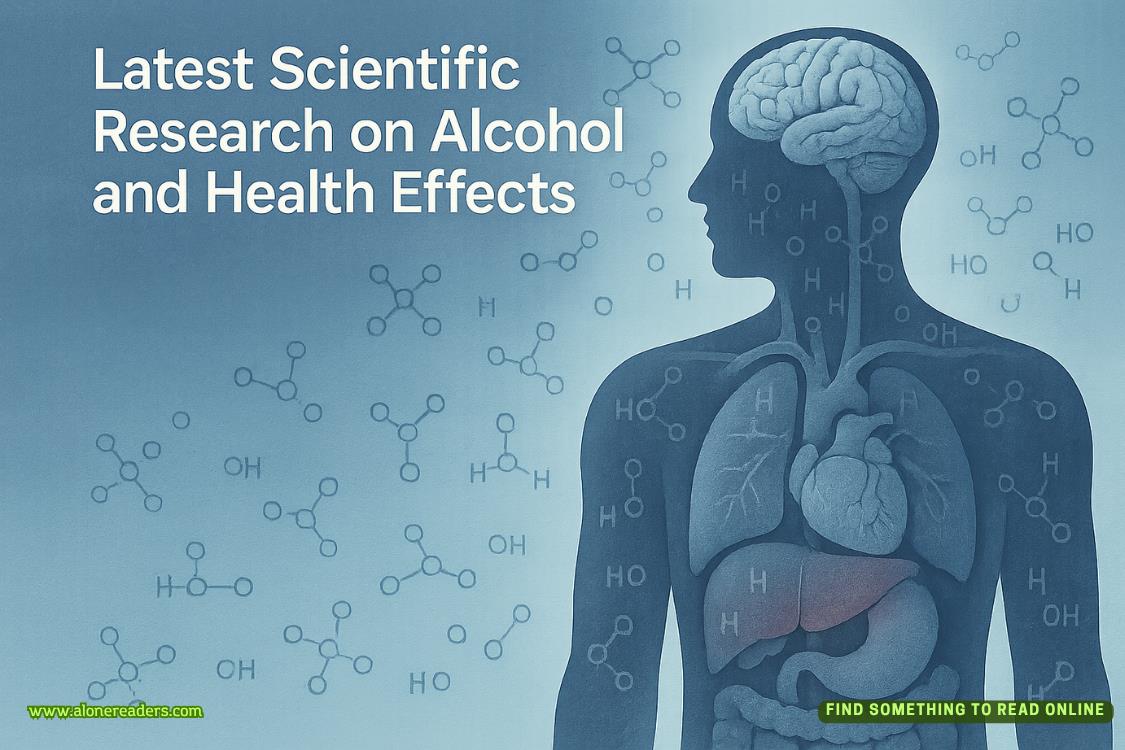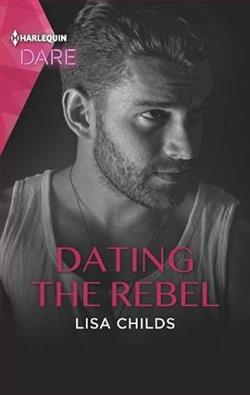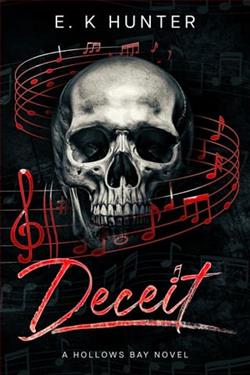Page 62 of Heart Checked By the Hockey Heartthrob
“My—what?”
“You didn’t think I was reviewing your treatment audits for fun, did you?”
A laugh bubbles up before I can stop it. “I just thought you were being… thorough.”
He grins. “That too. But mostly because you’ve earned this.”
I thank him with something caught between a nod and a half-sob, then walk out into the hallway with legs that suddenly feel like cooked pasta. The hallway smells like lemon cleaner and printer toner, but for the first time in weeks, I feel like I can breathe.
It doesn’t last long.
That afternoon, I get a call from the ER nurse manager asking if I can fill in for a call-in for the night shift. I say yes before I can stop myself. I miss the adrenaline, sometimes. The clarity of it.
As a nurse practitioner I’m trained and licensed to do more extensive work than a registered nurse. I make medical assessments, prescribe medications and other therapies, and more. So a lot falls on me, both the good and the challenging, as I bridge the gap between nurses and physicians.
***
It’s a quiet start—ankle sprain, asthma flair-up—but then everything turns.
At 8:14 p.m., a teenager is wheeled in, pale and shaking, with a jagged gash down his thigh from an ATV accident. He’s trying not to cry but losing that battle.
“I need a set of vitals, tetanus status, and irrigation now,” I say, already donning gloves. “And someone page Dr. Hayashi.”
“On it,” the charge nurse says.
I kneel beside the boy’s stretcher. “Tyler, right? I’m Quinn. I’ve got you.”
He nods, jaw clenched. The blood is oozing steadily, soaking through the gauze a paramedic applied.
“Deep breath in. Good. Out. We’re gonna clean this up, give you something to take the edge off, and get it stitched up.”
Dr. Hayashi arrives, quick and calm. “Laceration looks deep but clean. Good catch on pressure, Quinn. Let’s suture.”
Tyler squeezes my wrist like it’s the only thing keeping him anchored. I don’t move.
He’s medicated for pain, stable and stitched within thirty minutes. His mom cries when she sees him awake. I slip away quietly, just in time for the next storm.
9:42 p.m. — Code Blue.
A man in his fifties collapses in the waiting room. Chest pain, then nothing. His wife screams for help. We wheel him into Bay 2 while the team jumps into action.
I’m at the head, counting compressions.
“Charging to 200 joules,” someone calls.
“Clear!”
His body jolts on the table. Still no rhythm.
“Resume compressions!” I bark.
Minutes blur. Sweat runs down my neck. The wife is sobbing into a nurse’s shoulder outside the curtain.
Finally, after two more defibrillations, we get a rhythm. Weak. Slow. But there.
“Pulse is back,” Dr. Hayashi says, and it’s the first time anyone breathes.
I step out to the hallway, rip off my gloves, and press my back to the wall. My pulse is thudding in my ears. A nurse offers me water. I take it.















